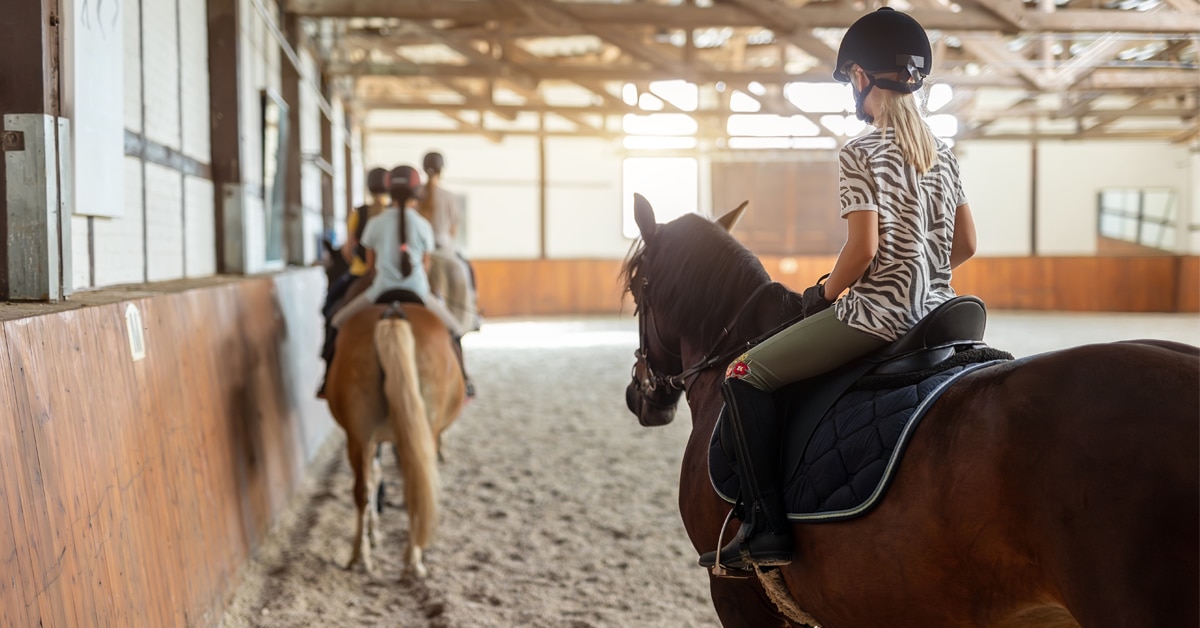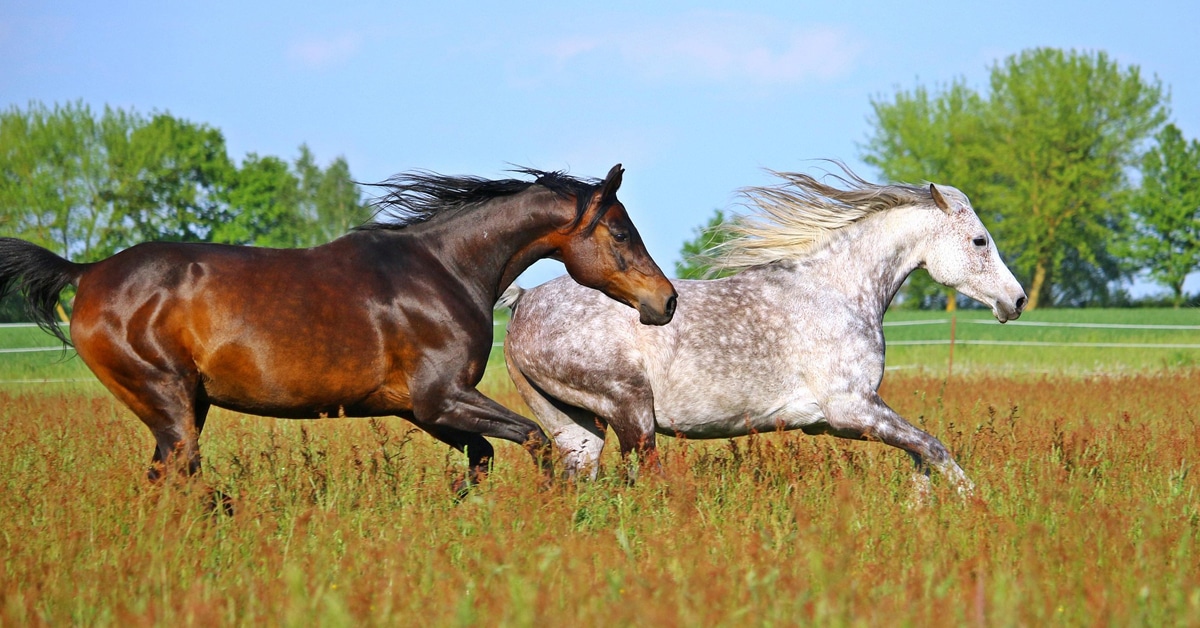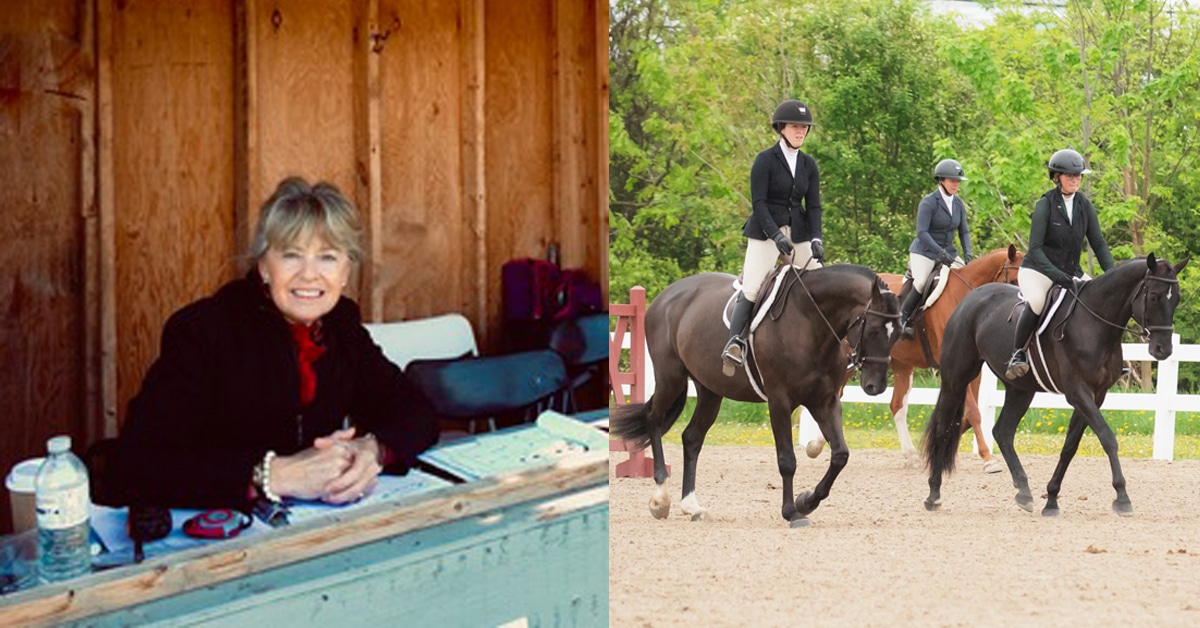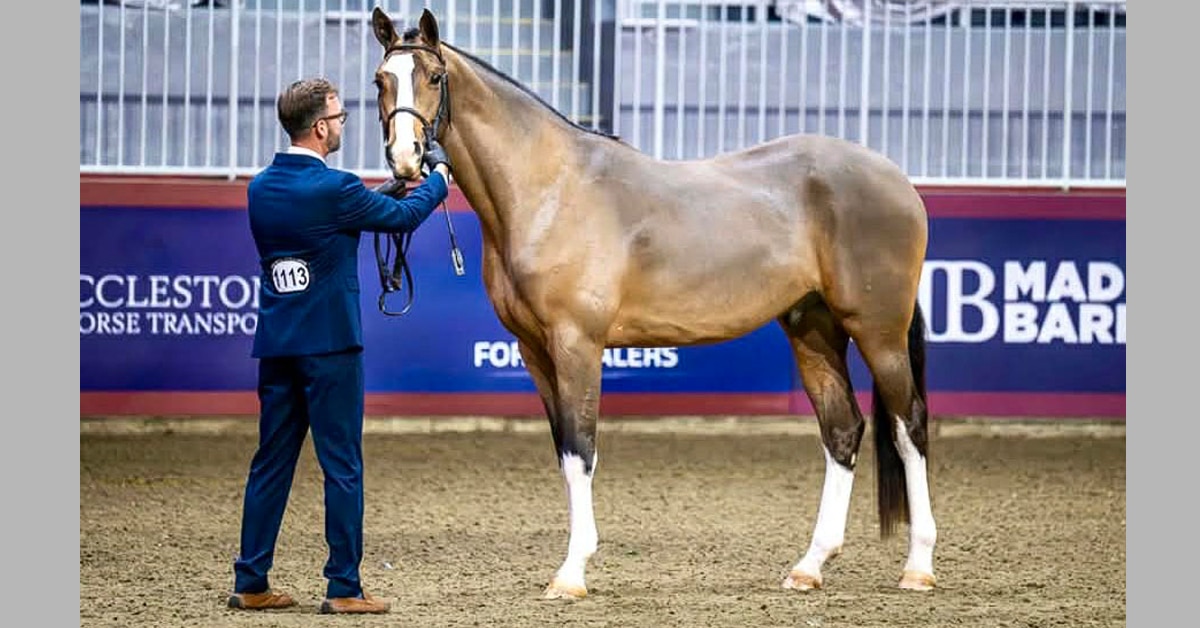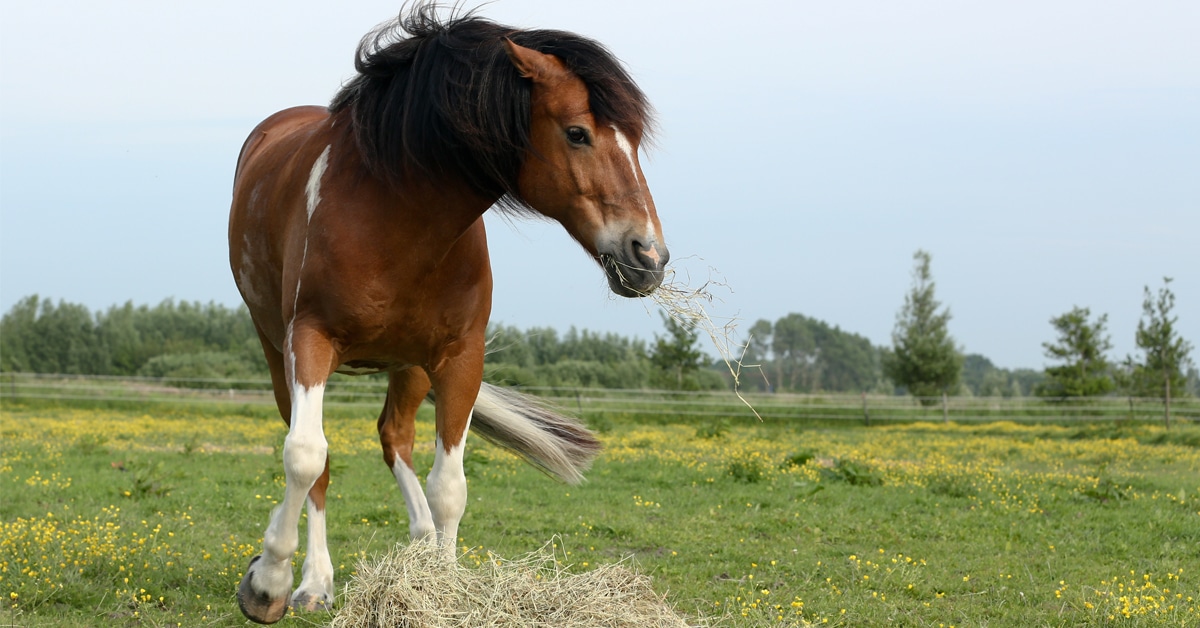Nutrition is a key aspect of equine health. When feeding mistakes are made – whether through misunderstanding or oversight – they can have real consequences on your horse’s well-being. A well-designed nutrition program is one that provides the necessary nutrients in appropriate amounts and is fed in a way that is supportive of the horse’s unique digestive anatomy.
By understanding some of the most common feeding errors and how to avoid them, you can better support your horse’s long-term health and performance.
1) Ignoring feeding rates
When was the last time you checked the feeding rate on your horse’s feed bag? Or weighed out the feed you provide?
Commercial feeds from reputable companies have been designed and formulated by equine nutritionists to meet the nutritional needs of horses based on factors like age, weight and workload.
However, these feeds must be fed at the recommended rate to deliver their intended nutritional value. Feeding below the suggested amount often results in vitamin and mineral deficiencies.
For example, if you have an easy keeper that maintains weight well on hay alone, you do not need to provide additional calories from feed. However, hay on its own does not meet a horse’s vitamin and mineral requirements. In this case, a ration balancer is a great option.
Ration balancers are designed to fill the gaps in hay without excess calories. While some owners may feed a small amount of 200 – 400 g daily, most ration balancers are formulated to be fed at a rate of 800 – 1000 g per day for an average 500 kg horse. Reviewing the feeding rate and weighing the amount you are providing to your horse is an important step in ensuring their nutrient requirements are being met.
On the other hand, if you’re feeding a fortified product that includes additional calories – such as a senior feed – the recommended feeding rate will be higher. This is because as calories are added, often in the form of fats and carbohydrates, the concentration of vitamins and minerals per gram is diluted. If your horse is receiving a less than the recommended rate of a commercial feed, there are likely nutritional deficiencies present, either increasing the amount fed, or combining with a more concentrated source of vitamins and minerals is recommended.
To avoid this common feeding mistake, review the feeding instructions on the product you are using, and weigh out the amount being fed to your horse daily with a scale. A regular kitchen scale works well.
2) Not feeding enough salt
Sodium is one of the most commonly deficient nutrients in equine diets. Horses are typically provided with free choice access to a salt lick, but this rarely meets their sodium requirements. Salt licks were originally designed for cattle, which have much rougher tongues than horses – hence why horses struggle to consume adequate sodium from a lick. When sodium is deficient in the diet, it can contribute to dehydration and increase the risk of impaction colic.
Instead of relying solely on a salt lick, it is preferable to provide horses loose salt in their daily feed. About 1-2 tablespoons of salt for your average 500 kg horse is recommended. This takes the guesswork out of hoping that they are effectively using their salt lick.
In addition to adding salt directly to the feed, it is recommended to continue to offer horses a free-choice salt source. Loose salt provided in a small feeder or bucket is more effective than licks or blocks, as the horse can consume it easily and in appropriate amounts. This approach is especially helpful for horses that are reluctant to eat salt mixed into their feed.
3) Overlooking the caloric content of hay
As equine obesity becomes increasingly common, it is essential to understand where most of a horse’s calories come from. While many horse owners focus on adjusting concentrates or grain, the majority of a horse’s daily intake — and therefore most of the calories — comes from forage, typically in the form of hay.
The nutritional value of hay can vary widely due to several factors including the species of forage, stage of maturity at harvest, fertilization practices, weather conditions, and how the hay was harvested and stored. Even hay from the same supplier or field will differ from batch to batch. Without analyzing the forage, it is impossible to accurately assess the calorie amount your horse is consuming, which makes it difficult to build an accurate feed program.
Testing each new batch of hay allows you to make informed decisions and maintain a consistent calorie intake. For instance, if you have an easy keeper that has been maintaining a healthy weight on your current hay and feed program, and you switch to a new batch of hay that is higher in caloric content, continuing to feed the same amount may lead to unwanted weight gain. Reducing the volume fed, or implementing slow feeding strategies in response to the higher energy content, helps keep the diet stable.
This information is valuable not just for easy keepers, but for all horses. If a new batch of hay is lower in calories, horses with higher energy needs may begin to lose weight unless supplemental calories are added. By testing hay regularly, you gain greater control over your horse’s diet and can make timely adjustments to keep them in optimal condition.
4) Switching forages abruptly
Sudden dietary changes are well-known to cause gastrointestinal (GI) upset in horses. Most owners transition concentrates gradually and are cautious with spring grass – but hay changes are commonly overlooked. As previously discussed, most of a horse’s diet is forage, often hay, so when it is changed abruptly, their risk of GI health issues increases.
To reduce the risk of GI upset with hay changes, consider overlapping your hay deliveries to allow for transition time. Below is an example transition:
- Day 1-3: 25 % new hay, 75% previous hay
- Day 4-6: 50% new hay, 50% previous hay
- Day 7-9: 75% new hay, 25% previous hay
This type of transition allows the microbial population in the horse’s hindgut to adjust to the differing fibre profile.
Take Home Message
Creating a well-balanced diet for your horse doesn’t need to be complicated, but it does require attention to detail. To prevent common issues:
- Feed the commercial product chosen at the recommended rate for your horse’s age, weight and workload.
- Provide loose salt on a daily basis.
- Test your hay to understand the nutritional value and caloric density.
- Make all feed transitions slowly, including hay!
If you’re unsure whether your feeding program is meeting your horse’s needs, reach out to a qualified equine nutritionist for guidance. Avoiding the commonly-overlooked aspects of nutritional management can make a big difference in your horse’s health and performance.
The Latest

